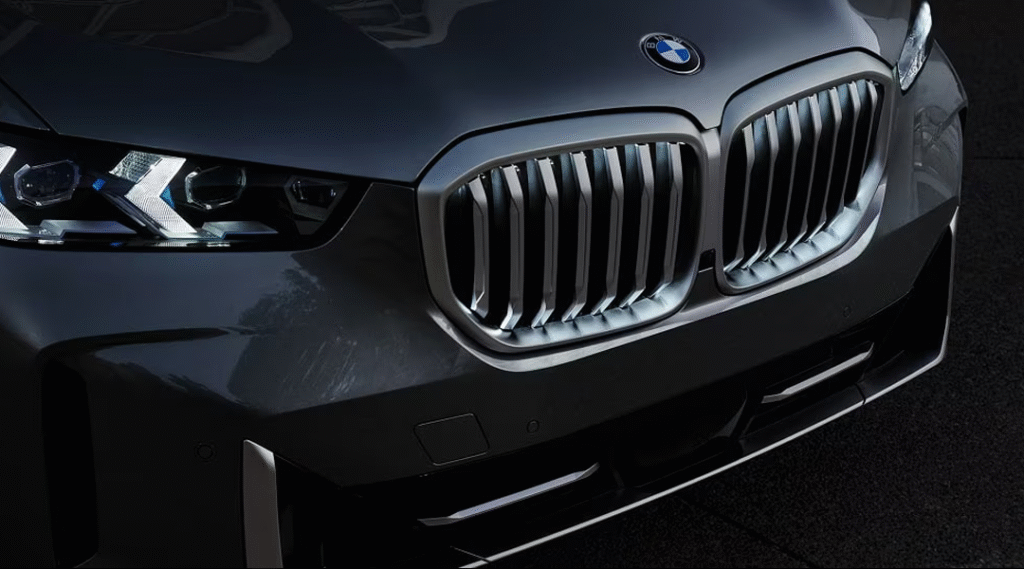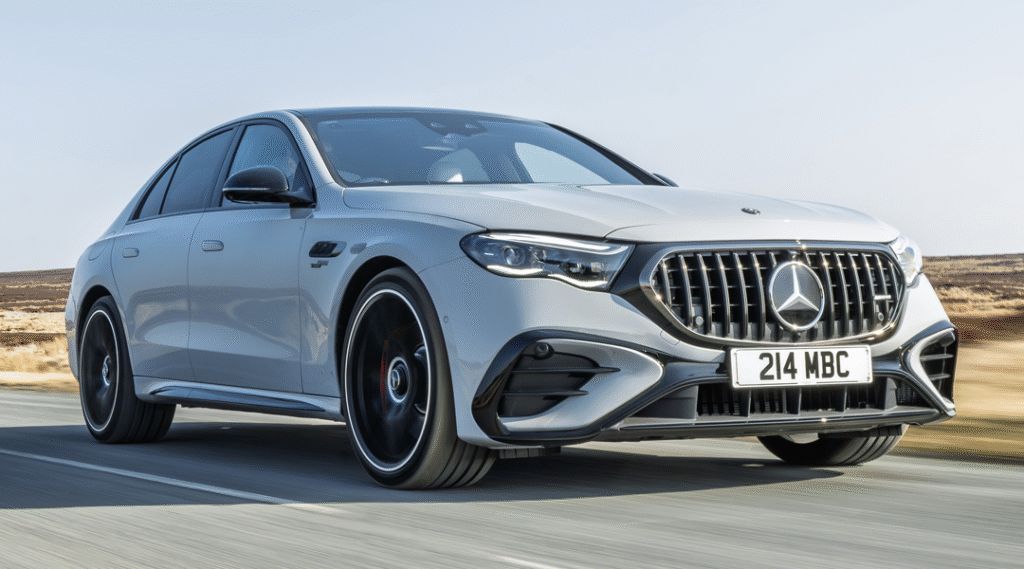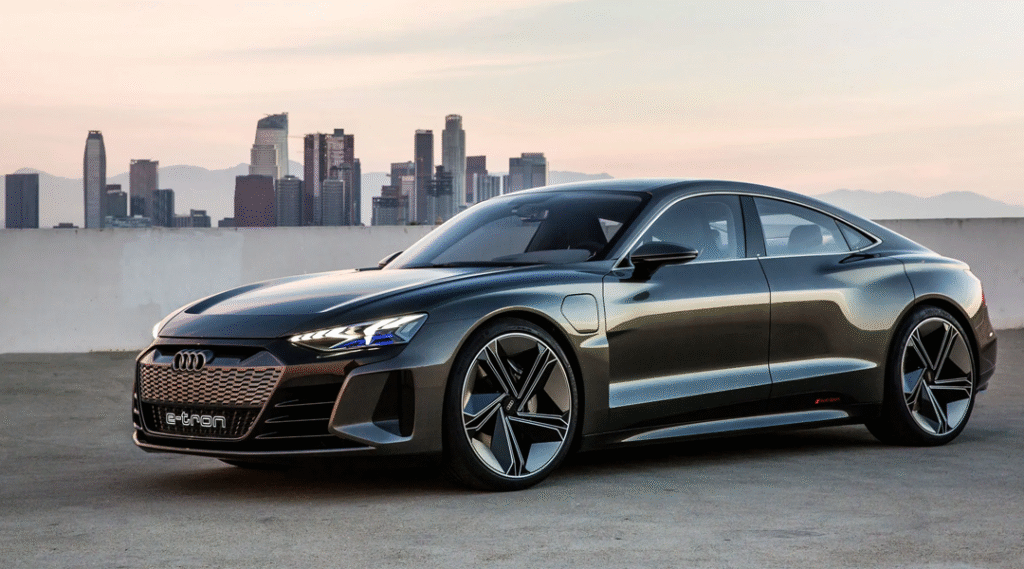The battle to deliver dependable, mass-market autonomous driving is now a strategic front, not just a technology experiment. BMW, Mercedes-Benz and Audi are all investing in higher levels of automation, but lagging behind competitors — whether Big Tech, specialist AV firms, or better-funded automakers — would carry significant consequences across brand perception, sales, partnerships and future revenue streams.
Brand and product image hits right away
Autonomous driving features are rapidly becoming expected elements of premium cars. If BMW, Mercedes or Audi trail on capability, they risk being seen as technically conservative or dated. That perception matters: for buyers of luxury vehicles, advanced software and autonomy increasingly form part of the product’s appeal. A reputation for falling behind would weaken the “cutting-edge” halo that helps justify premium pricing.
Pressure on sales and market position
Luxury buyers reward innovation. If rivals offer more attractive hands-off driving, smoother ADAS experiences or clearer upgrade paths, some buyers will choose cars that feel more future-proof. The result would be compression of average selling prices, heavier discounting on older models, and a gradual erosion of pricing power. Over time a lost technology reputation can convert an aspirational brand into a follower — a costly shift for brands that rely on prestige to command higher margins.

Missed software and aftersales revenue
Autonomy is also a software and services opportunity: subscriptions, map updates, data products and over-the-air feature rollouts create recurring revenue and higher gross margins. OEMs that lead in autonomy can capture those streams; those that lag lose them. Cars built on older, less modular architectures will struggle to deliver ongoing software upgrades and services, further narrowing the monetization options available to lagging manufacturers.
Partnerships, talent and supply-chain fallout
Market leaders in autonomy naturally attract top AI talent, preferred suppliers and strategic partnerships with cloud providers, mapping firms and sensor vendors. Falling behind makes an OEM a less desirable partner and raises the cost of catching up — either through expensive acquisitions or unequal partnerships that reduce control. Suppliers, too, will prioritize customers with clear autonomous roadmaps, potentially delaying or limiting support for slower players.
Losing access to new mobility markets
Autonomous technology is a gateway to new business areas — robotaxis, ride-hailing fleets and automated logistics — that could become large, recurring revenue markets. OEMs that miss the autonomous transition cede these opportunities to AV specialists and platform companies, shrinking their total addressable market and leaving traditional vehicle sales to shoulder future growth expectations.
How BMW, Mercedes and Audi can limit the damage
They’re not without options. Each brand already has programs and investments aimed at automation and software transformation. To blunt the impact of falling behind they can accelerate modular software architectures, pursue targeted M&A to fill capability gaps, form deeper strategic alliances with mapping and AI firms, and refocus product roadmaps on software monetization. Rapid execution — not just strategy — will determine whether these moves close the gap.

Trailing in self-driving tech would hurt BMW, Mercedes-Benz and Audi on multiple fronts
Trailing in self-driving tech would hurt BMW, Mercedes-Benz and Audi on multiple fronts: reputationally, commercially and strategically. They would face weaker pricing power, lost high-margin software revenue, diminished partnership appeal and exclusion from emerging mobility markets. The silver lining is that these manufacturers understand the stakes and are investing accordingly; the real test will be whether they can convert those investments into scalable, safe, and compelling software platforms before competitors set the standards for premium autonomous mobility.
More articles for the similar topic:
Why Tesla Embraced Pure Vision for Self‑Driving Supremacy
Is Tesla’s Self-Driving Technology Reliable? A Comprehensive Analysis
Smart Car IoT: Unpacking Its Origins, Impact, and Future Trajectory
As for in-depth insight articles about AI tech, please visit our AI Tech Category here.
As for in-depth insight articles about Auto Tech, please visit our Auto Tech Category here.
As for in-depth insight articles about Smart IoT, please visit our Smart IoT Category here.
As for in-depth insight articles about Energy, please visit our Energy Category here.
If you want to save time for high-quality reading, please visit our Editors’ Pick here.



